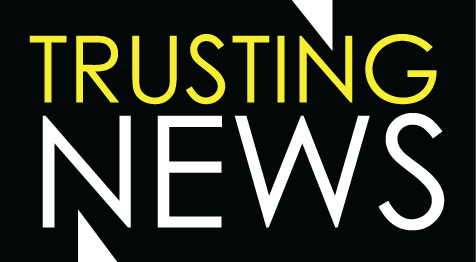Who are the Journalists?
WCPO reporter on wearing braids on TV
Tulsa journalists defend their work
KBOO about page
KING 5 anchors discuss inter-racial friendship
WCPO shares station’s commitment to community
Trust Tip #71: Acknowledge what you don’t know
Trust Tip #70: Acknowledge when you mess up
Trust Tip 69: Share your humanity while reporting on protests
Coloradoan reporters share personal subscription pleas
Trust Tips 66: Show you’re part of your community during COVID-19
Philadelphia Inquirer highlights breadth of journalism
The Day asks community for support during COVID-19
Atlanta Journal-Constitution community support during COVID-19
Reporter shows breadth of journalism on Twitter
Herald and Review uses Twitter thread to highlight best journalism
WPCO adapts coverage, production during coronavirus outbreak
NBC asks questions, shows reporters are real people too during COVID-19 outbreak
Trust Tips 54: Create a “Contact Us” page
Trust Tip 46: Build transparency into investigative pieces
Trust Tip 45: Show how your staff covers big news
KPRC posts reporter bios
WPCO reminds viewers that reporters are people too
USA TODAY responds to reader feedback
State News invites public to join the conversation
State highlights reader responses
Trust Tip 42: Remind your audience news is more than politics and crime
The Day explains commitment to community through in-person event
Trust Tip 34: Explain your role as a watchdog
Trust Tip 31: When you’re right and other news outlets are wrong, tell your audience

